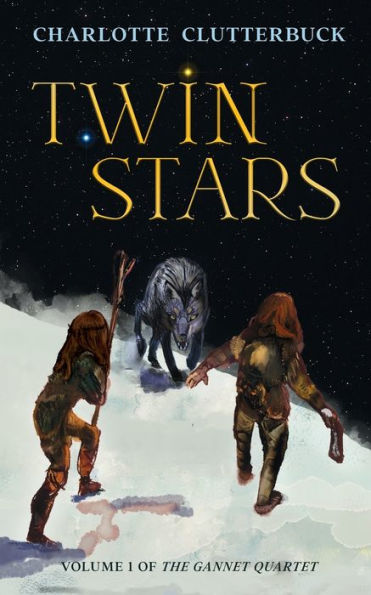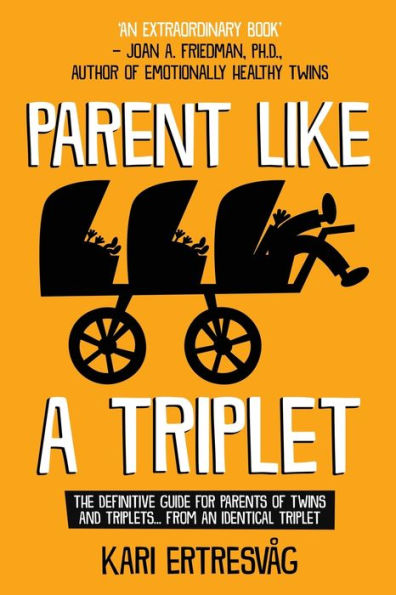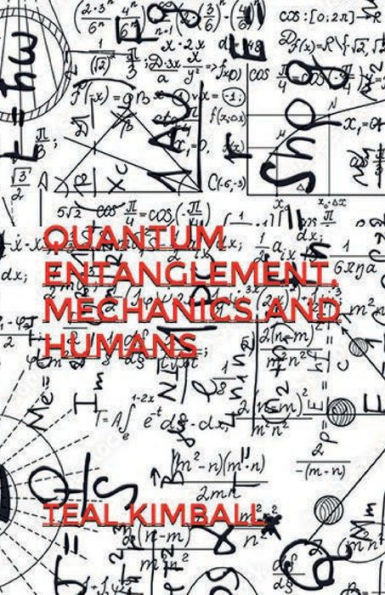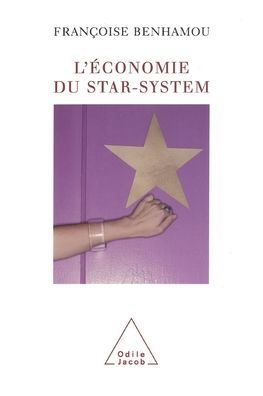Home
Identifying Identical Twin Star Systems from the SDSS Data Release 10
Barnes and Noble
Loading Inventory...
Identifying Identical Twin Star Systems from the SDSS Data Release 10 in Bloomington, MN
Current price: $11.14

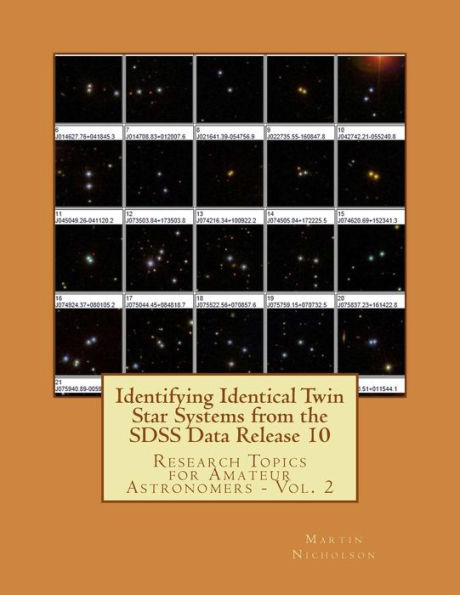
Identifying Identical Twin Star Systems from the SDSS Data Release 10 in Bloomington, MN
Current price: $11.14
Loading Inventory...
Size: OS
Data mining the SDSS Data Release 10 has yielded a total of 481 pairs of stars separated by between 3 and 30 arc second where all five listed de-reddened magnitudes (u, g, r, i and z bands) for the two stars are within 0.05 magnitudes. 473 of these binary stars are believed to be new discoveries. The SDSS provides photometry in five different wavebands and these results can be used to estimate the spectral energy distribution of the star. It is possible to extrapolate from the SDSS results obtained from previously studied stars to the absolute magnitude, and hence the distance, of previously unstudied stars. An extension of this idea of photometric parallax is the idea, presented for the first time in this paper, that if two stars have, essentially, identical re-reddened photometry in all five SDSS wavebands then they must be at the same distance, especially if the angular separation between them is less than 30 arc seconds.
Data mining the SDSS Data Release 10 has yielded a total of 481 pairs of stars separated by between 3 and 30 arc second where all five listed de-reddened magnitudes (u, g, r, i and z bands) for the two stars are within 0.05 magnitudes. 473 of these binary stars are believed to be new discoveries. The SDSS provides photometry in five different wavebands and these results can be used to estimate the spectral energy distribution of the star. It is possible to extrapolate from the SDSS results obtained from previously studied stars to the absolute magnitude, and hence the distance, of previously unstudied stars. An extension of this idea of photometric parallax is the idea, presented for the first time in this paper, that if two stars have, essentially, identical re-reddened photometry in all five SDSS wavebands then they must be at the same distance, especially if the angular separation between them is less than 30 arc seconds.



